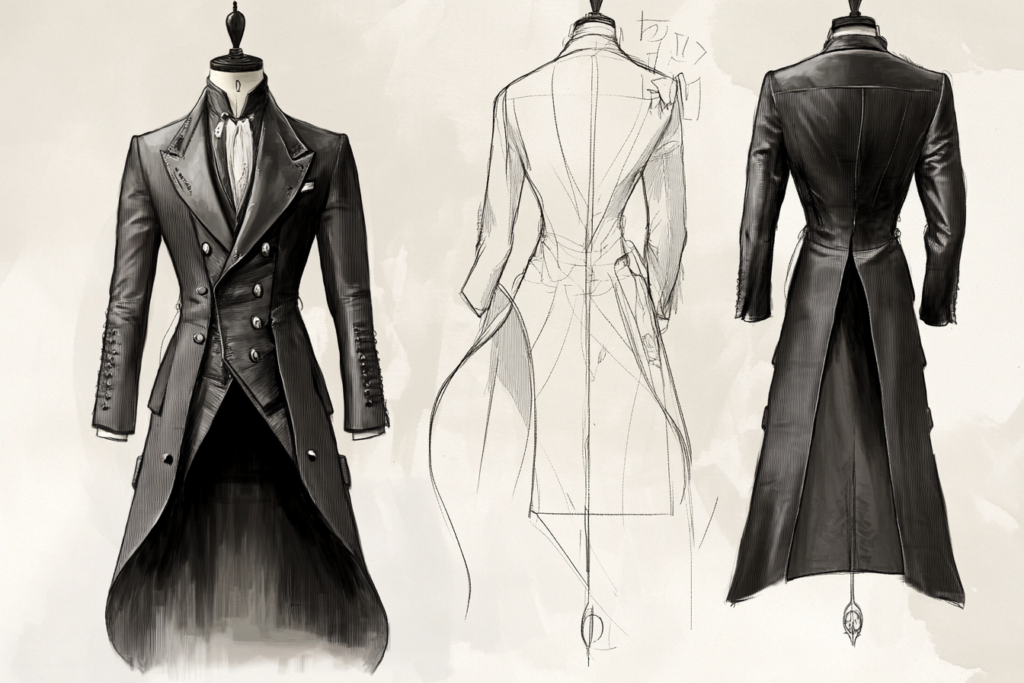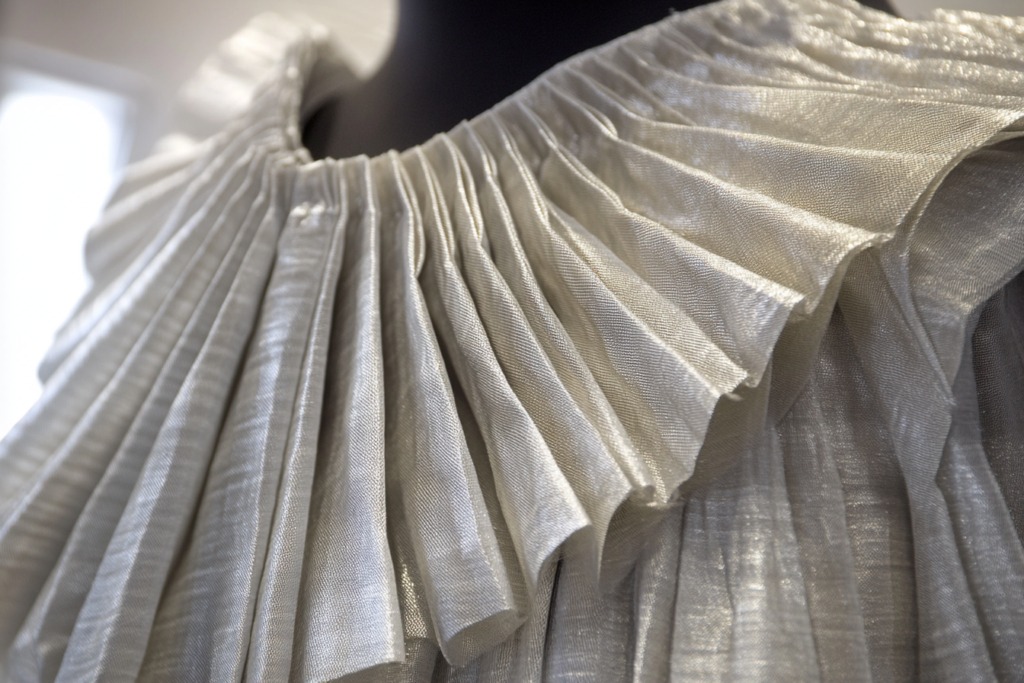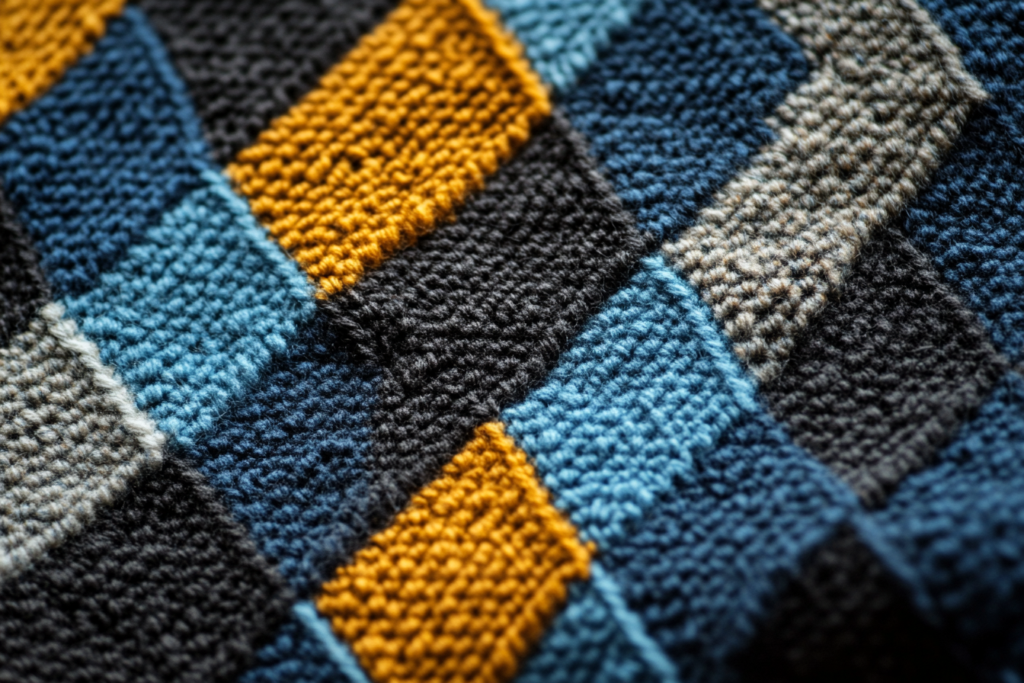Vent: The Opening or Slit in Garments
Meta Description: A vent refers to an opening or slit in a garment, often used for added movement or design. Learn how a vent functions and its applications in various types of clothing.
What is a Vent?
A vent is a small opening or slit in a garment that is typically found in the back or side of a piece of clothing. Vents are commonly seen in suits, jackets, skirts, and dresses. They allow for greater freedom of movement, making the garment more comfortable, especially in items like skirts and blazers, where unrestricted movement is crucial.
The vent is often finished with a seam or binding to prevent fraying and to maintain the structure of the garment. Depending on the design, a vent can be functional or purely decorative.
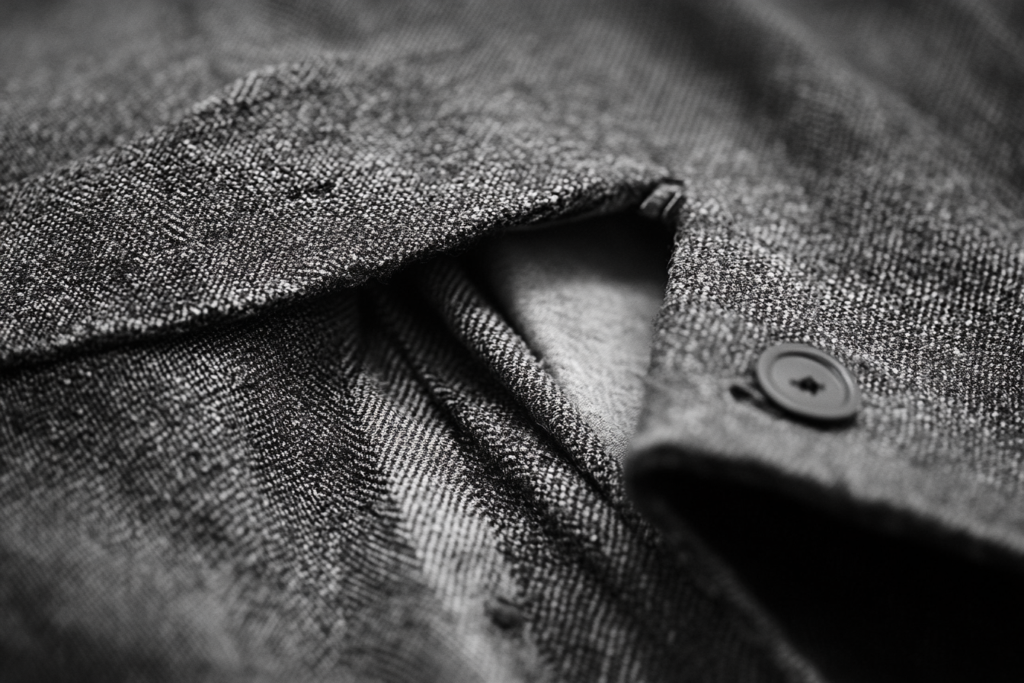
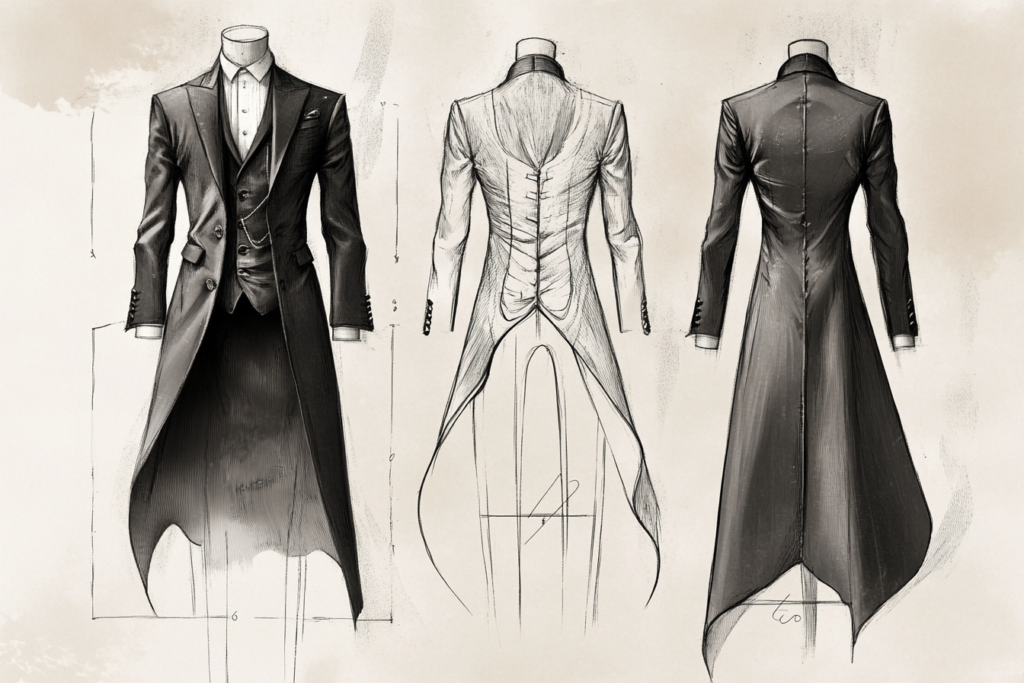
Types of Vents in Garments
📌 Center Back Vent
- The center back vent is a common feature in suits, jackets, and coats. It is located at the back of the garment, usually at the hemline, and can be either a single or double slit. The purpose is to provide extra mobility and comfort when sitting or moving.
- Applications: Blazers, Coats, Suit Jackets
📌 Side Vent
- A side vent is typically found in skirts, trousers, or dresses. It runs along the side seam of the garment and is used to allow easier movement of the legs or to give the garment a more flattering silhouette.
- Applications: Skirts, Dresses, Trousers
📌 Double Vent
- A double vent refers to two slits, one on each side of the back of the garment. This style is commonly seen in tailored suits and jackets. The double vent allows for maximum movement while keeping the garment’s shape.
- Applications: Tailored Suits, Blazers
📌 Kick Pleat Vent
- A kick pleat is a type of vent often seen in skirts or dresses, especially those that are A-line or pencil style. This pleat is sewn into the back or side seam, allowing the wearer to move more comfortably without altering the garment’s sleek appearance.
- Applications: Skirts, Dresses
Why are Vents Important?
📌 Freedom of Movement
- One of the main purposes of a vent is to allow for greater freedom of movement, especially in more structured garments like jackets and skirts. A vent can prevent the garment from becoming too tight or restricting when walking, sitting, or bending.
📌 Improved Fit and Comfort
- Vents help ensure that a garment fits more comfortably by allowing the fabric to move with the body. This is especially important in form-fitting clothing where flexibility is needed.
📌 Aesthetic Appeal
- In addition to the functional benefits, vents also serve an aesthetic purpose. They can add visual interest and elegance to garments, such as in tailored blazers or coats, where the vent creates a more structured and refined look.
Illustration of a Vent in Garment Construction
Here is an illustration showing how a vent is constructed in a suit jacket and a skirt. It demonstrates the placement and design of back vents and side vents, highlighting their functional and aesthetic purposes.

Conclusion: The Importance of Vents in Garments
Vents are small but essential design elements in many types of clothing. They provide comfort, flexibility, and style to garments like jackets, skirts, and suits. By allowing for greater mobility and ensuring the garment maintains its fit and aesthetic, vents play a crucial role in both the functionality and design of fashion.
